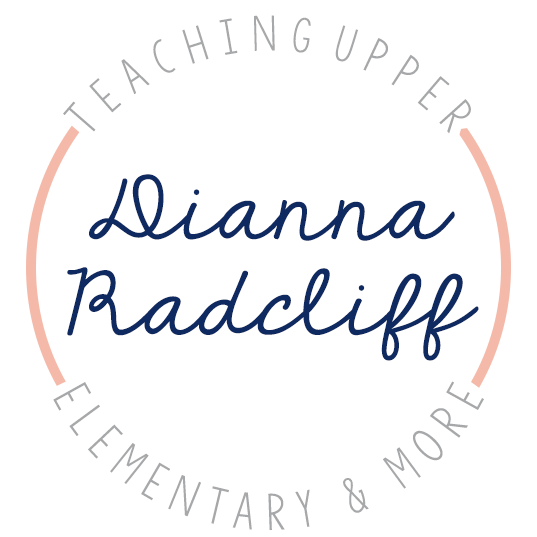
So, let’s get started…
Question 1: What is Close Reading?
- It is an interaction between the reader and a text (Douglas Fisher in the online video interview, “Close Reading and the Common Core State Standards,” April 3, 2012)
- It is about making careful observations of a text and then interpretations of those observations (Patricia Kain for the Writing Center at Harvard University, 1998)
- It involves rereading; often rereading a short portion of a text that helps a reader to carry new ideas to the whole text (Kylene Beers and Robert Probst in Notice and Note, 2012).
- “read closely” and “cite specific textual evidence” (R.1)
- “analyze how… ideas develop and interact” (R.3)
- “interpret words and phrases” and “analyze how specific word choices shape meaning” (R.4)
- “analyze the structure of texts” (R.5)
- “assess how point of view” “shapes” a text (R.6)
- “analyze” “two or more texts” to build knowledge (R.9)
The authors stated the following figure…
- must raise engagement and joy, not diminish it
- must lead to student independence, not dependence on teacher’s prompting
- must be one piece of your reading instruction, not the only part of your instruction
- must allow time for students to read for extended periods and across many pages of text, not interrupt time spent reading with activities
- must be repeated across time and involve lots of opportunities for practice, not be a one-time, off-the-checklist activity
- must be designed in response to the strengths and needs of your students, not planned solely to match a book or fit a scope and sequence.
- A study of Text Evidence
- A study of Word Choice
- A study of Structure
- A study of Point of View
- A study of Closely Reading Across Texts
Since March I have tried to create a balance in my small groups. I rotate my instructional practices which has stepped up my differentiated instruction. I do a little rotation of the following depending on my groups: phonics instruction, vocabulary instruction, traditional guided reading, implementing complex text at a higher lexile level & 1 Close Reading a week. I’m no pro by any means, but along my journey I could tell a difference in my students. The oral & written comprehension grew immediately after the first month or so. Our conversations that involved the word choices of the author & use of text evidence was awesome! I often stopped b/c I couldn’t believe my ears. 8 year old students said what!!!!!!!!!! OMG!!!!!!!!! Yes I thought this!!!!!!
Currently my personal Close Reading planning process is like this:
{Remember I’m not an expert! I’m still working it out!}
- Choose a genre & a text
- Choose a lens {purpose} for reading
- How will students access the text
- Then I pre-read the text & plan for: Vocabulary {Tier 2 Academic}& {Tier 3 Content}, Prep Explicit Questions {low level}, Prep Text-Dependent Questions needing text-evidence {high level} & Prep tasks for the text.
- I always start with letting the students know we will be reading a specific text over the next few meetings. I give them the title & tell them we will learn more about the topic as we read. Minimal front loading! Then once we get started I have to remind myself that I am now the Scaffolding & Discussion Facilitator for my students!
- Begin the first read. Present questions & a task.
- Discussion time & a focus on vocabulary.
- Begin the second read. Present questions & a task.
- Discussion time & a focus on vocabulary.
- Begin the third read. Present questions & a task.
- Discussion time & a vocabulary wrap up with textual evidence review of task answers.
{I copy this page on one sheet so it’s front & back}
Don’t forget to enter the raffle to win some items below, along with checking out everyone’s post from Chapter 1 in the group. Click on their buttons below to visit their page.









Hi Dianna! This is such a fabulous book! I read it a few months ago and it is truly a game changer in the world of reading. 🙂 I would love to jump in from time to time and blog along with you ladies. Is this a closed linky or can others join?
~Brandee
Creating Lifelong Learners
I love it too! It is geared towards upper elem & I'm lower but the understanding of close reading I have learned was applied through my pers instruction & it has helped so much! I would love for you to join in! Please, I have added all the links to make it easier. We have a FB group with all the files. Would you like to join? If so I'll send you an invite to the group where you can join along for the next 7 weeks:-) Let me know!